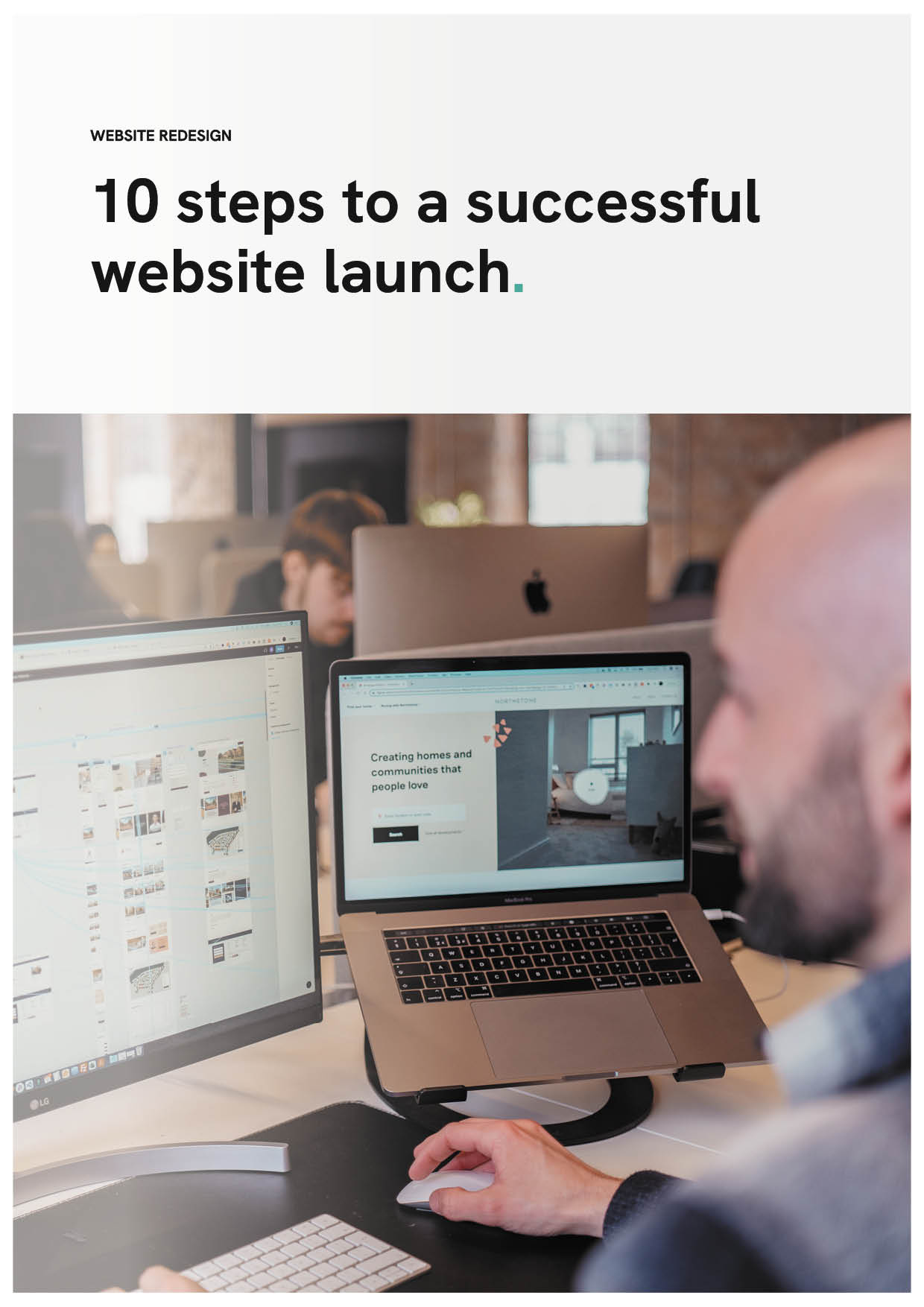AI and manufacturing are two industries that work as cohesive partners and can go hand in hand with both robots or machines working with humans to innovate the manufacturing process.
All manufacturers strive to find innovative ways to save money and improve efficiency, as this is becoming crucial for their survival within the industry. AI is widely talked about within the business and tech world, with many businesses starting to discover how AI can add value to their business.
AI is a collective term for learning system capabilities that are perceived as representing intelligence, including image and video recognition, smart automation, advanced simulation, and complex analytics.
The most common uses of AI:
- Machine learning: This is the process of using data to help a computer learn without taking direct instruction from a human. This enables it to continue learning and improving on its own.
- Deep learning: A subset of machine learning that uses neural networks to analyse things like images and videos.
- Autonomous objects: AI agents that manage tasks on their own, such as robotics, vehicles, drones, smart home devices, and autonomous software.
- Manufacturers are increasingly turning to AI solutions like machine learning and deep learning neural networks to better analyse data and make more informed decisions.

What’s driving the urgency to adopt AI?
The manufacturing industry is fast-paced and ever adapting. Companies are keen to integrate AI into their business plan for:
- Short production times
- High revenue volatility
- Need to find cost savings
- Increased regulations and inspections
What will future factories using AI look like?
By incorporating AI into their strategies, companies will be able to:
- Detect defects throughout the production process
- Predict maintenance work needed to reduce downtime
- Respond to real-time changes in demand across supply chains
- Improve employee satisfaction by taking on mundane tasks.
AI and manufacturing examples
BMW
Car manufacturers BMW use automated image recognition AI to perform quality checks, inspections, and to eliminate pseudo-defects. As a result of using this AI technology, they’ve achieved high levels of precision in manufacturing.
Porsche
Porsche, the luxury car manufacturers use autonomous guided vehicles ( AGVs) to automate significant portions of automotive manufacturing. The AGVs transport the body parts from one station to the next, this eliminates human intervention, reduces risk, and improves productivity.
Boeing
Uses AI technology to scan various parts of an airplane via an augmented reality headset and send it to a processing platform to detect certain abnormalities.
With regulations and standards changing frequently, manufacturers are finding it difficult to maintain high standards whilst meeting short market deadlines. Artificial intelligence is reducing these difficulties and making it possible for several businesses in today’s challenging landscape to adapt to these changes.
How will AI change manufacturing?
A survey from McKinsey studying companies embracing digital transformation in manufacturing recorded several benefits in terms of manufacturing efficiency, productivity, and costs
- 30-50% decrease in machine downtime
- 15-30% increase in labor productivity
- 10-30% improvement in throughput
- 10-20% reduction in quality-related costs
Companies that have already started using AI within their business have started to gain a competitive advantage, lowering their operating costs, improving time-to-market, and optimising performance.
The benefits of AI in manufacturing will increase in the future, and companies that have not discovered the value of AI are at risk of falling behind. Take a look at some of our current success stories working with manufacturing companies

